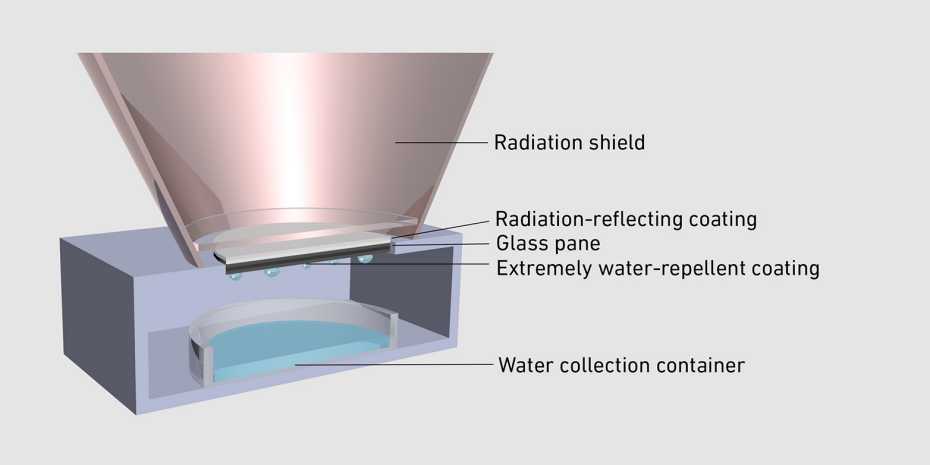
via Fortune:
ARES’ solution is related to an already common kind of energy storage known as pumped-storage hydropower, which pumps water uphill, then captures the power of its downhill flow as needed. The obvious advantage of the ARES approach is that it’s more adaptable, without the need for lots of water. ARES has also said its solution costs about half as much as other storage technologies, and claims 80% efficiency in energy reclamation, similar to or slightly above typical hydro-storage efficiency.
Click the Sliders to calculate kWh to Height(once you click on it it will start)
kWh
Specific Weight of Storage System(9.81 for Water or about 25 for concrete):
Mass(kg) of the Storage System
Height of Storage needed:
The desired height of the storage is about
Joule
(kN/m3)*kg
Example and Methology from(*):
Water in lakes has ~300k cubic kilometers ~ 3 * 10^14 kg(300000000000000)
http://ga.water.usgs.gov/edu/earthw…
Potential energy is ~ 9.81(kn)*weight*height(P = w A x Where w = specific weight of water ( = 9.81 N), A = Area of the base and x = depth)
Storage requirements (USA): 336 billion kWh(336000000000) = 1.2 10^18 J(1 200 000 000 000 000 000) enery converter
height = 1.2 10^18 / (9.81 * 3*10^14) kg ~ 408m
We would need to pump water in all lakes about 408m high to have 7 day worth of reserves for USA.
| Product | Specific Weight – γ – |
|
|---|---|---|
| Imperial Units (lb/ft3) |
SI Units (kN/m3) |
|
| Aluminum | 172 | 27 |
| Brass | 540 | 84.5 |
| Carbon tetrachloride | 99.4 | 15.6 |
| Copper | 570 | 89 |
| Ethyl Alcohol | 49.3 | 7.74 |
| Gasoline | 42.5 | 6.67 |
| Glycerin | 78.6 | 12.4 |
| Kerosene | 50 | 7.9 |
| Mercury | 847 | 133.7 |
| SAE 20 Motor Oil | 57 | 8.95 |
| Seawater | 63.9 | 10.03 |
| Stainless Steel | 499 – 512 | 78 – 80 |
| Water | 62.4 | 9.81 |
| Wrought Iron | 474 – 499 | 74 – 78 |
Source here
See also – Contact me
- Energy conversion
- Amortisation LCOE
- Power conversion
- Off-Grid Configurator
- kWh to watts calculator
- Watts to kWH calculator
- kW to Ah to kg Calculation
- kWh to Joule to specific weight to Mass to Height


